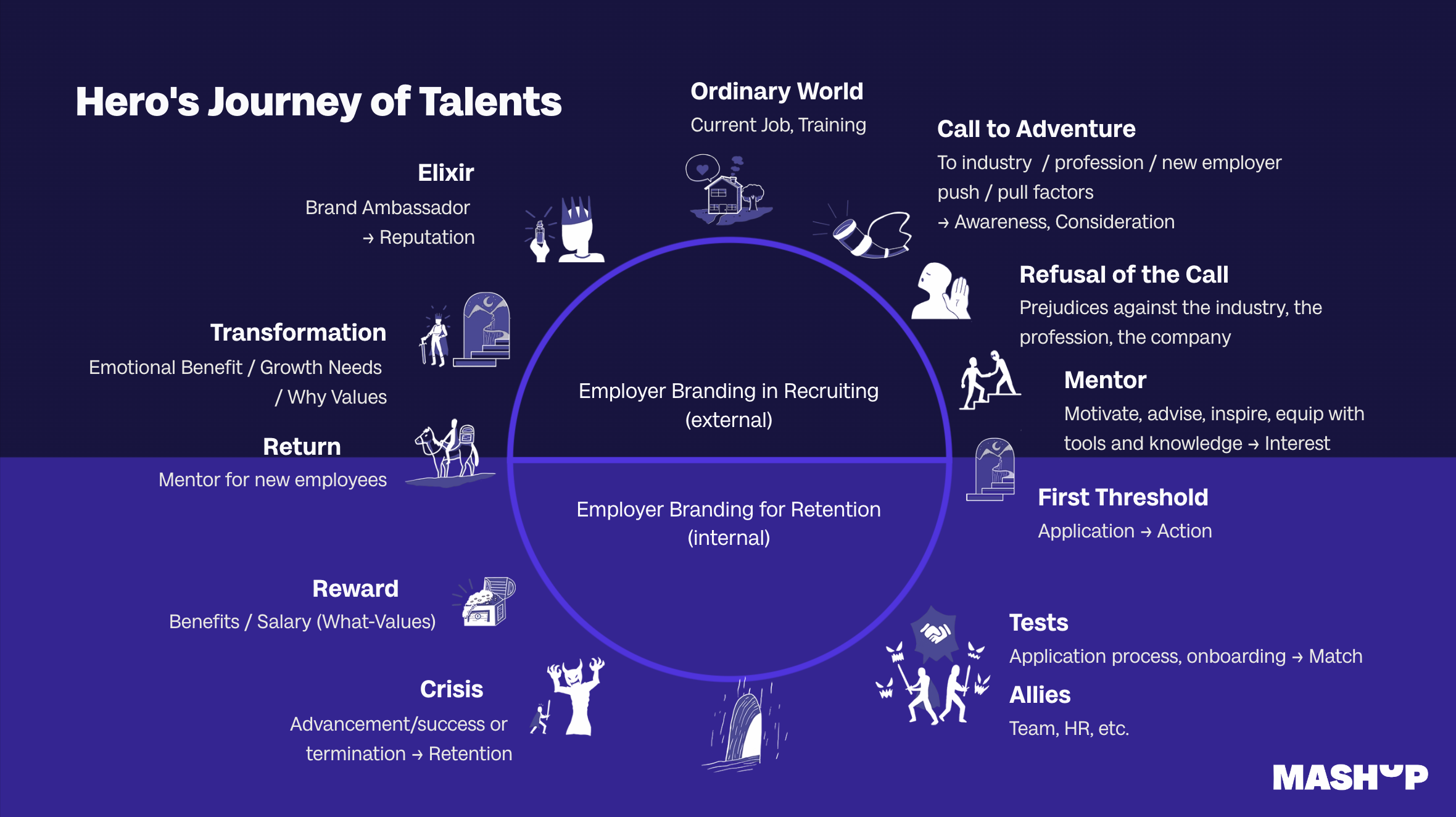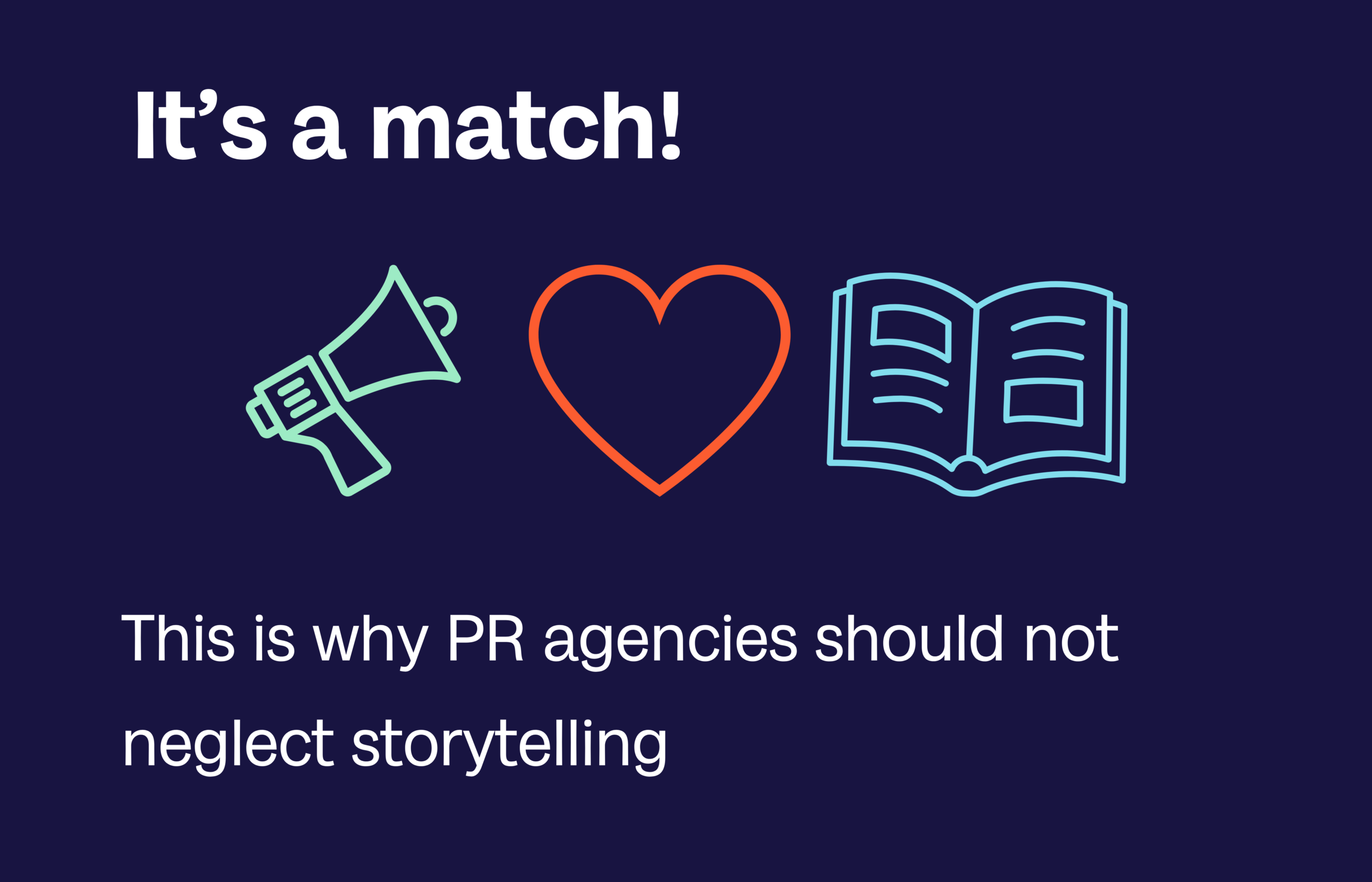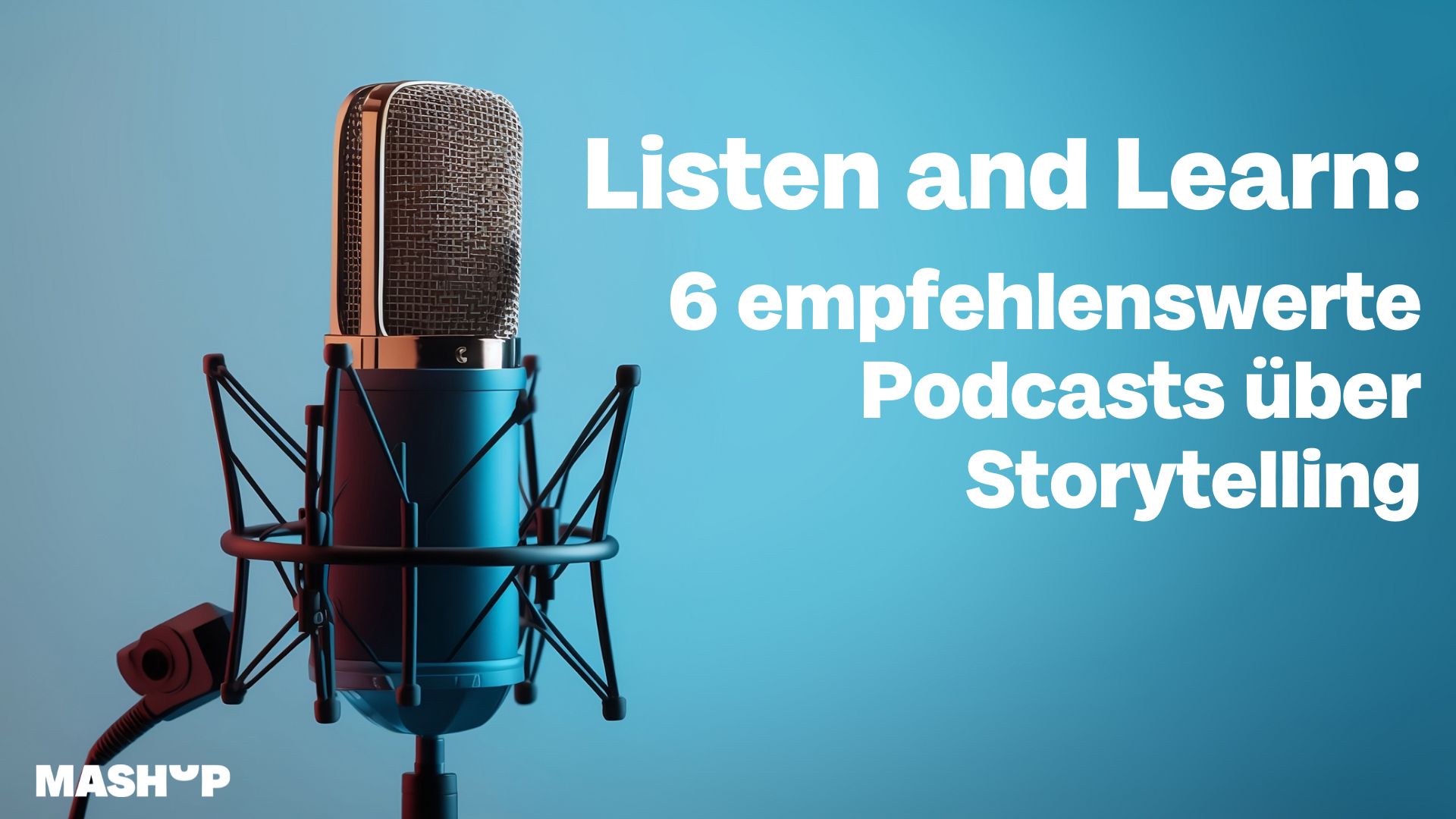Sadvertising: The Power of Big Emotions
How can consumers be addressed so that they themselves become brand ambassadors for a product or company out of sheer enthusiasm or emotion? How does a campaign go viral quickly, generating likes, comments and shares? The reactions to the advertising campaigns, which range from touching to deathly sad, are proof of this: Communicating great emotions is the key to success.
The art of tickling deep emotions out of facts and seemingly boring facts makes content tangible and therefore unforgettable. Only the most intense moments remain in the long-term memory and that is exactly where those responsible want to take their brand via sadvertising. The following blog post uses two bitter-sweet campaigns to show the tricks companies use to make a lasting impression on consumers and how they manage to turn sad feelings into positive ones with the help of storytelling.

From Melancholy to World-Weariness: Authenticity Wins
Where people used to cry with laughter, tears of emotion flow today. At least the way we advertise has developed in this direction. Some time ago, comedic content dominated the advertising world. Then, almost ten years ago, rumor has it that it began with the Google Dear Sophie campaign, sadness made its way into the digital world. The success was obvious: content that arouses strong emotions provides opportunities for identification that people then want to share – also to make them feel better. In this way, particularly strong emotions generate attention in the oversaturated advertising market. A study conducted by the Nielsen Company in 2016 that advertising with a high emotional resonance in the EEG scan generates up to 23 percent higher sales rates. Marketers try to respond strategically to people in this way. With the aim of creating bitter-sweet feelings ranging from melancholy and sadness to world-weariness. Whoever manages to trigger the viewer for longer than 15 seconds is the winner.
Sad but true: About Profit and Social Grievances
While many other forms of advertising are not harmful to the brand or company in the first instance, working with grief is negative at its core and can therefore also have negative effects on the product. With this in mind, marketers need to find an empathetic solution when implementing sadvertising to meet consumers at the right level. Honest, very human stories show that the company has a heart, works to create tangible added value for society and does not just want to make a profit for itself. Now there are touching campaigns, such as Budweiser’s Puppy Love clip produced especially for the Super Bowl, in which the company’s role as mentor is very close to the product. However, in-depth sadvertising reveals social grievances. It goes beyond increasing the pure profit of the brand. The following two campaigns do this particularly well:
Vicks: Just a Boy
Vicks, the brand for cold products, is calling for more attention for sick and helpless children with its campaign. The video “Just a boy” portrays a little boy who is rejected by his biological mother and his environment because he is HIV-positive. A neighbor lovingly takes him in. The story, which can be applied to many individual fates, quickly went viral. Not only through the hashtag #TouchofCare but above all through the authentically portrayed helplessness of the boy, his fate and the support of those close to him. The high number of HIV cases in the Philippines makes the story all the more tangible. With a fund that Vicks has set up together with Project Red Ribbon, they help children with HIV as well as marginalized and abandoned people.
Emotions are best communicated through moving images? Bread for the World’s campaigns prove that there is another way!
Bread for the World: Less is empty
Cleverly chosen words that make you think, kept simple and yet so emotional, says the aid organization Bread for the World. With their award-winning campaigns, they successfully convey sad truths – storytelling to the point. The poster shows a barely filled rice bowl with the simple slogan “Less is empty” above it. The simple but very memorable stylistic means achieve a great effect. The saying “less is more” is transformed into “less is empty” and thus lives up to its name. So much so that the catchy slogan seems to have the potential to become part of everyday language. More importantly, however, it gets to the heart of the problem of malnutrition. The poster makes it clear what the work of Bread for the World is all about: respecting and preserving humanity and human dignity.
Conclusion
Sadvertising is not an outdated approach that tries to sneak into the minds of consumers via negative emotions and therefore does not work (anymore). Good emotional stories contribute to long-term brand building. Dry facts wrapped up in a good story evoke goosebumps, joy and pain, which in turn can be used profitably. For companies, this means that once they understand when and why emotions are triggered, the stories surrounding their products and services can be designed effectively and target groups can be addressed precisely.
Share this article
Related articles

11 March 2024








